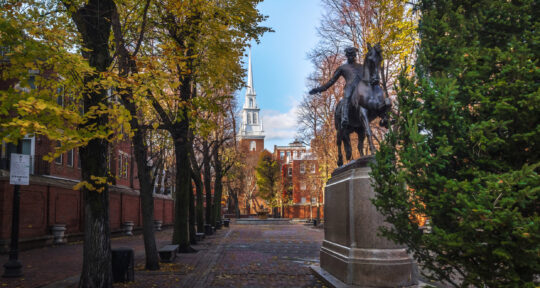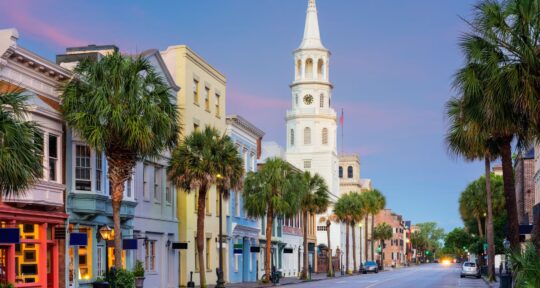On a past visit to the North Georgia town of Elberton, you would’ve been met with an unusual series of tall granite monoliths etched with mysterious passages, casting a shadow upon the surrounding field. Curious roadtrippers traveling the U.S. would detour out of their way, just to see the farmland oddity.
But today, when I make my own 10-minute trip from downtown, all I find is an empty lot, with a dusting of stone where the monument used to be, crunching underneath my sneakers. There’s not even a small piece of rock to take as a memento.
So what happened to the Georgia Guidestones?
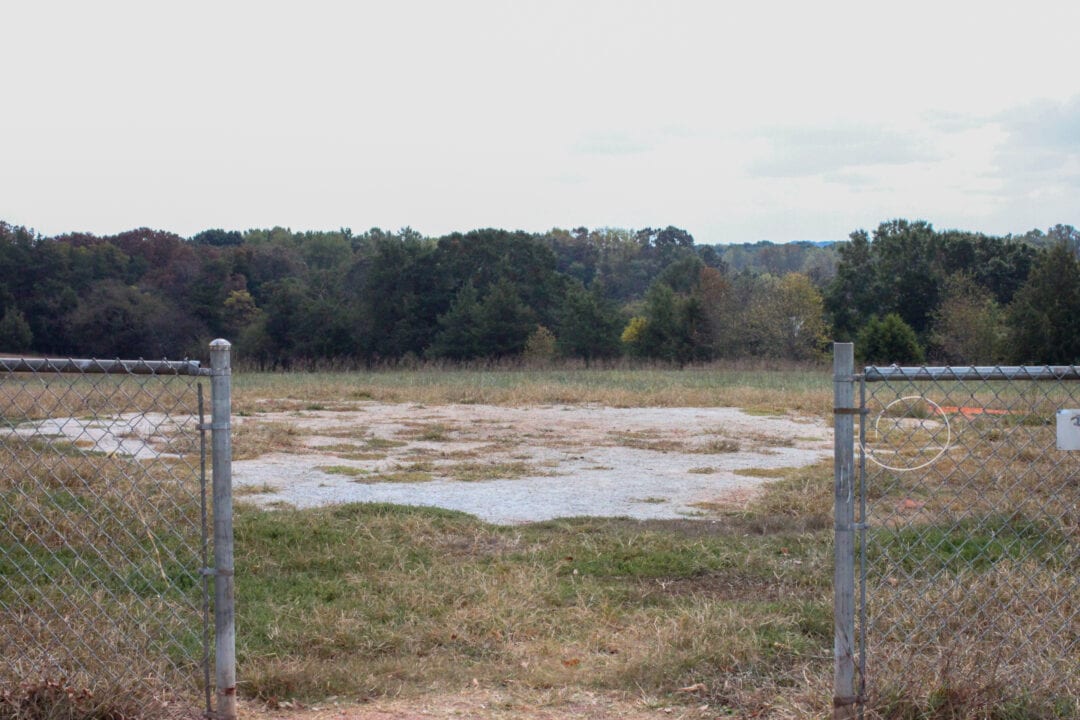
A mysterious stranger appears
Unlike Stonehenge, England’s famous prehistoric stone monument, the site known as the Georgia Guidestones wasn’t unveiled until March 22, 1980. It was first shown to an audience of around 400 people, including local politicians and onlookers.
The year prior, a man who went by the pseudonym R.C. Christian appeared in Elberton. The true identity of this man is still unknown, and the few people who do know it remain sworn to secrecy. He called around to granite companies in town, looking for the right one to suit his project. Most of them didn’t work directly with the public, but one agreed to take on the expensive project, which Christian paid for himself on behalf of an unnamed group.
Christian had chosen the right place; Elberton is known as the “Granite Capital of the World,” with a 35-mile-long deposit, one of the largest anywhere on the planet. The first quarry opened in 1882 and has since been the town’s main economic driver, with granite being used to construct homes, churches, signs, and the omnipresent monuments at church cemeteries. In fact, these headstones make up 90 percent of Elberton’s granite production today.
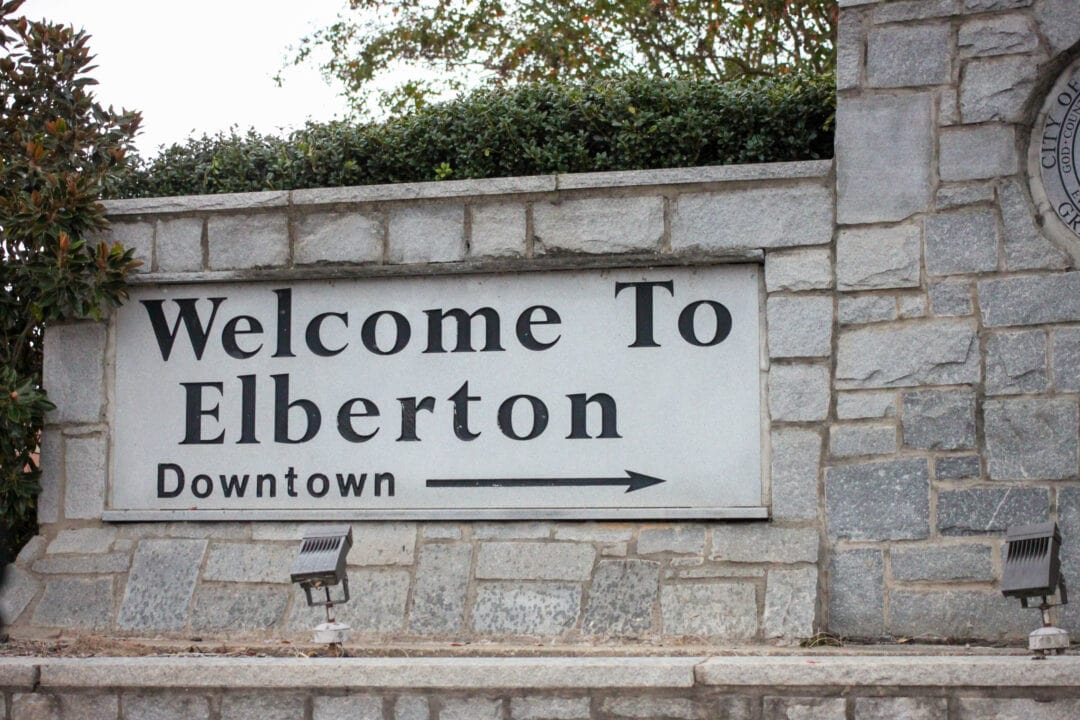
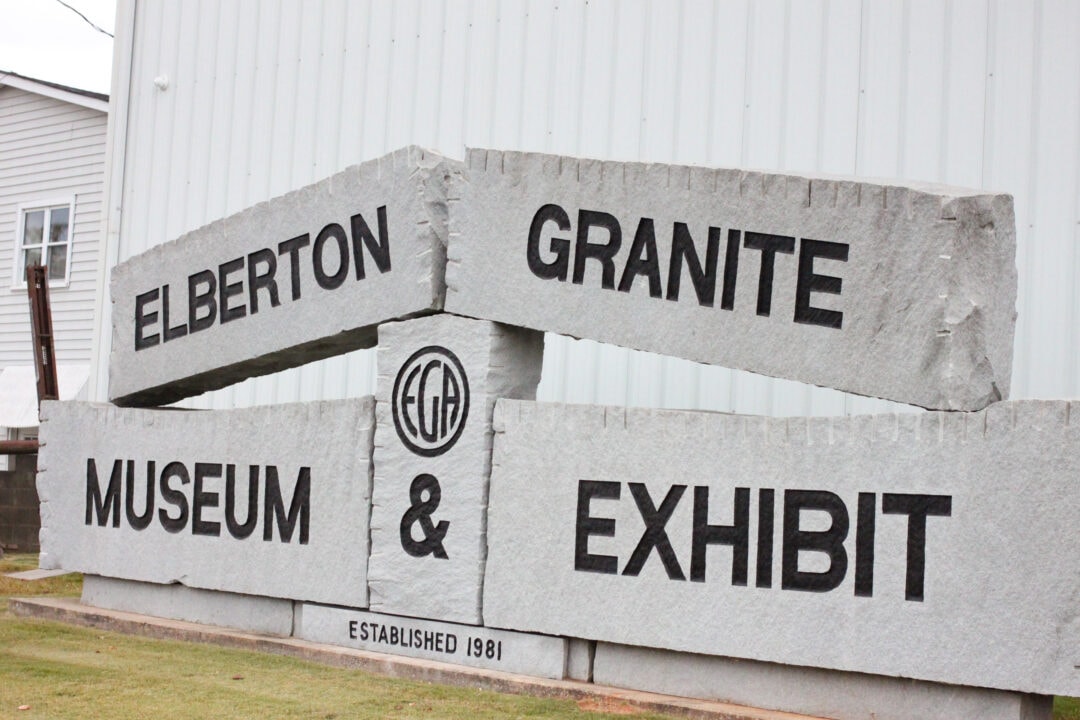
Christian explained the design to the Elberton Granite Finishing Company, to be arranged in an “X” pattern and inscribed with words of wisdom. The monument would be set outside of town in a rural cow pasture. It would be made up of four 19-foot-tall slabs of blue granite from Pyramid Quarry, a center stone, and a capstone. The site also worked as a giant sundial; more than 1,000 people flocked to it for the 2017 solar eclipse.
Building the guidestones
Workers from the selected company assembled Christian’s vision over the course of a year. When complete, the stones weighed a whopping 119 tons. The passages, sandblasted into the stone, detailed different sentences in various languages. The capstone was in Babylonian cuneiform, Egyptian hieroglyphics, Sanskrit, and classical Greek. The four main Guidestones featured Arabic, Chinese, English, Hebrew, Hindi, Russian, Spanish, and Swahili—something unusual for small-town Georgia.
But the meaning of these stones were what really raised eyebrows. The 4,000 letters referenced how the world population should remain under 500 million people, how to honor the environment, and the creation of a global language.
Over the years, the Georgia Guidestones became a popular roadside attraction, bringing in visitors from around the world to the town of under 5,000 people. National Geographic Traveler featured the locale in a 2005 issue, which increased the publicity. Wired and Smithsonian later covered the landmark. A scale model was also sent to Elberton’s sister city in Japan.
Stirring up controversy
Since the beginning, the site has been controversial, and it was defaced in 2008 and 2014. In one act of vandalism, the words “death to the New World Order” were spray painted on it. Pieces of granite have also been stolen; in one case, they were later returned.
Conspiracy theorists have tied the stone’s phrase “guide reproduction wisely” to eugenics, and neighbors have connected the place to occult groups, with claims of ceremonies after dark. The dawn of the internet and social media further fueled these theories, especially on message boards.
But in July of 2022, one conspiracy theorist went too far. Kandiss Taylor, an aspiring gubernatorial candidate, called the Guidestones “satanic” in a campaign speech, pledging to destroy them if elected. Not long after, one of the monument’s four panels was blown up in a 4 a.m. attack. It was called an act of “domestic terrorism” by authorities and was quickly investigated by the Georgia Bureau of Investigation.
Authorities deconstructed the remaining Guidestones to avoid further attacks and to prevent the massive stones from falling on “scavengers” looking for souvenirs. A time capsule said to be buried underneath was never found. The conspiracy theories didn’t end there, of course.
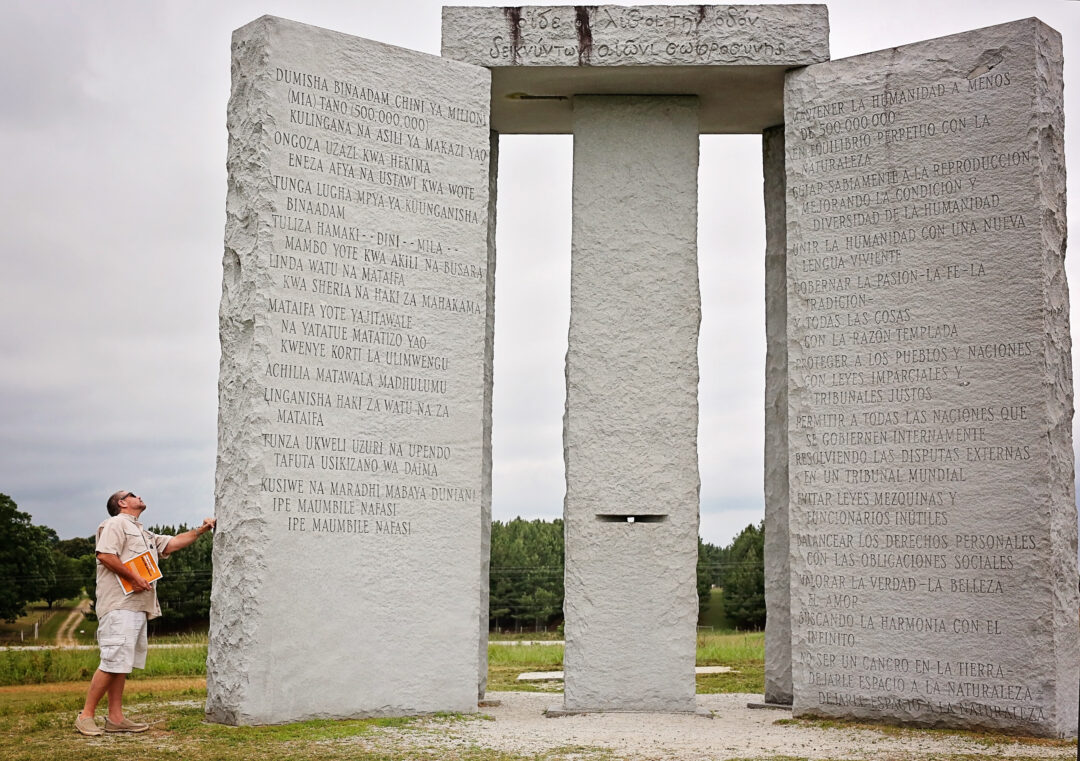
‘Leave room for nature’
But the response from travelers and members of the community has been one of sadness. Over the years, the Georgia Guidestones was the site of countless field trips, chance meetings, late-night visits from nearby University of Georgia students, and even weddings. The craftsmen who worked on it also lost a memorial to the granite industry. The local newspaper put together a special issue, sharing the history and memories of the stones.
While there was initial hope that the Guidestones might be rebuilt, the Elbert County Board of Commissioners decided against it and is discussing donating the land back to the original property owner. The pieces of granite were taken away to be stored and may eventually be displayed at the Elberton Granite Museum, which houses exhibits about the city’s granite industry.
While the Georgia Guidestones are now gone, visitors’ memories remain. And while some of the stones’ passages are difficult to interpret, one in particular should be remembered by all: “Be not a cancer on the earth. Leave room for nature.”
